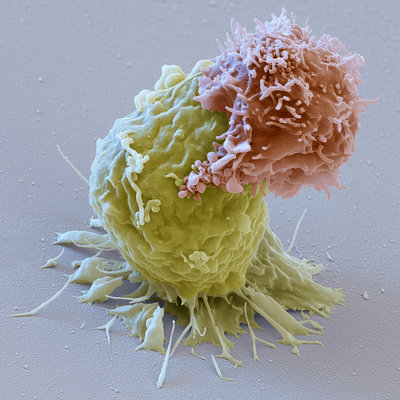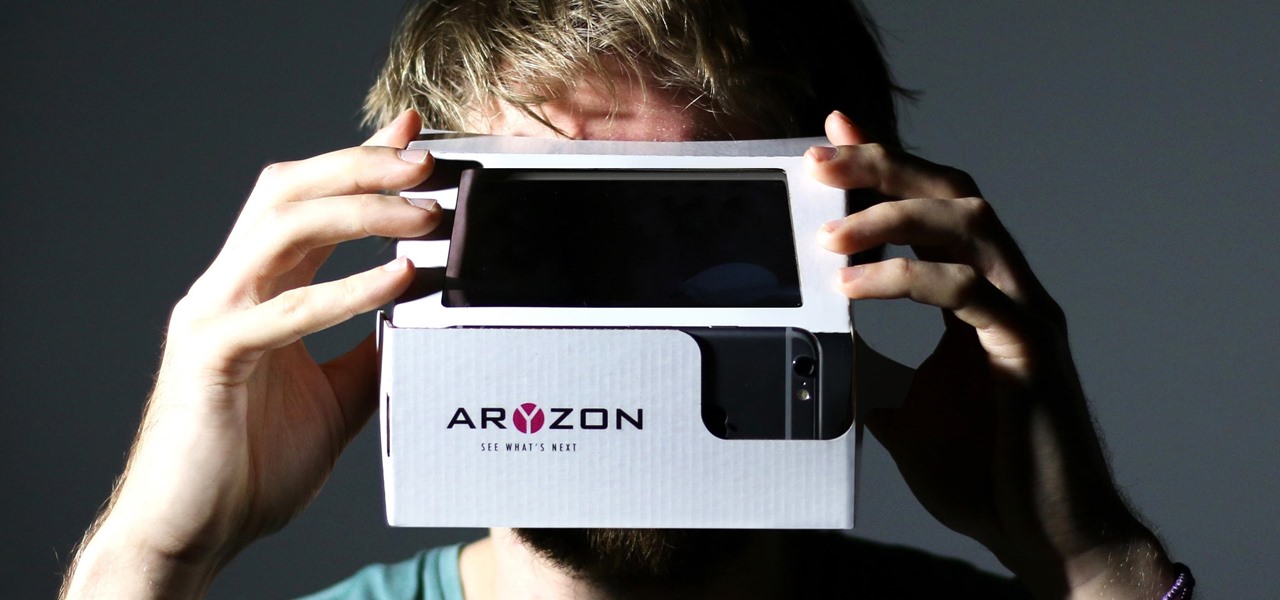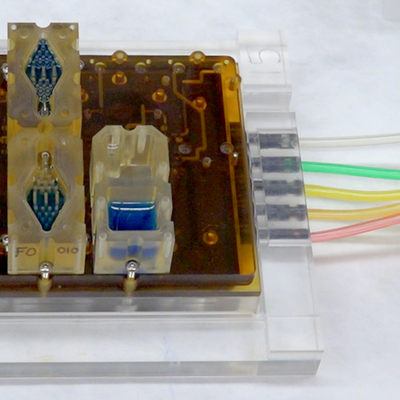What makes viruses that get into the Central Nervous System (CNS) hard to fight, is that no anti-viral agent can get into the brain past the blood:brain barrier. However, measles for example, can get by the blood:brain barrier. Infected neurons that survive the primary infection makes new viral particles; thus infecting the surrounding neuronal bodies. Satellite cells (which are supporting cells of the nervous system) that don’t even innervate the epithelium, may also be infected. Ganglions which are composed of thousands of neuronal bodies may all be infected by only one neuron that’s making new virus.
Varicella Zoster Virus, like measles, similarly undergoes viremia. It enters through contact fibers or the respiratory tract. Measles is one of the most contageous human viruses around. However, now, there is the MMR (Measles, Mumps, Rubella Vaccine) that combats this illness. Another virus, Polio Virus, which sheds in the intestine and infects other people by ingestion of fecally contaminated food may rarely get into the Central Nervous System. This occurs only 1% of the time. If enough neurons are infected in the Central Nervous System and thus destroyed, paralysis may occur. Polio virus is an icosahedral virus.













































